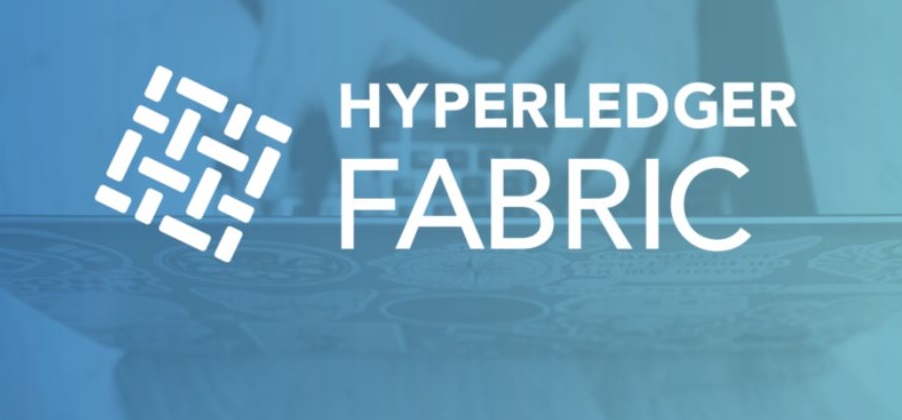Hyperledger Fabric is an open-source blockchain platform that is designed to provide a modular and scalable framework for developing enterprise-grade distributed ledger solutions. One of the key components of Hyperledger Fabric is the Fabric Node, which is responsible for executing smart contracts, validating transactions, and maintaining the state of the ledger.
Deploying a Hyperledger Fabric Node can be a complex process, but with the right guidance, it can be done quickly and efficiently. In this article, we will provide a step-by-step guide to Hyperledger Fabric Node Deployment, so you can get started with building your own enterprise-grade blockchain solution.
Step 1: Set Up Your Environment
The first step in Hyperledger Fabric Node Deployment is to set up your environment. Hyperledger Fabric is compatible with a wide range of operating systems, including Linux, Windows, and macOS, so choose the one that best suits your needs. You will also need to install Docker, which is a platform for developing, shipping, and running applications in containers.
Step 2: Install the Prerequisites
Once you have set up your environment, you will need to install the prerequisites for Hyperledger Fabric Node Deployment. These include:
- Go programming language
- Node.js
- Git
You can install these prerequisites using the package manager of your operating system.
Step 3: Install the Fabric Tools
The next step is to install the Fabric tools, which are a set of command-line utilities that are used for building and deploying Hyperledger Fabric applications. These tools include:
- Fabric Samples: A set of sample applications that demonstrate how to use Hyperledger Fabric.
- Fabric Binaries: The binary files for the Fabric Peer, Fabric Orderer, and Fabric CA.
- Fabric Docker Images: The Docker images for the Fabric Peer, Fabric Orderer, and Fabric CA.
You can download the Fabric tools from the official Hyperledger Fabric website.
Step 4: Generate Crypto Materials
Before you can deploy a Hyperledger Fabric Node, you need to generate the crypto materials that are used to secure the network. These materials include cryptographic keys, digital certificates, and other security artifacts. You can use the Fabric CA tool to generate these materials.
Step 5: Configure the Network
The next step is to configure the network by defining the organizations, peers, orderers, and channels that will be part of the network. You can use the Fabric tools to create the configuration files for your network.
Step 6: Start the Network
Once you have configured the network, you can start it by launching the Fabric Peer, Fabric Orderer, and Fabric CA containers. You can use the Docker Compose tool to start the containers.
Step 7: Deploy Your Smart Contracts
The final step in Hyperledger Fabric Node Deployment is to deploy your smart contracts to the network. Smart contracts are self-executing computer programs that automate the process of verifying and enforcing the terms of a contract. You can use the Fabric tools to package and deploy your smart contracts to the network. Web3 Infrastructure company helping enterprises and Blockchain startups build, deploy and manage reliable web3 infrastructure.
Conclusion
Hyperledger Fabric Node Deployment can be a complex process, but by following these seven steps, you can quickly and efficiently deploy your own enterprise-grade blockchain solution. With Hyperledger Fabric, you can build secure, scalable, and transparent distributed ledger applications that are tailored to the needs of your business. Whether you are looking to build a supply chain management solution, a financial services platform, or a healthcare information exchange, Hyperledger Fabric provides the framework and tools you need to get started.


